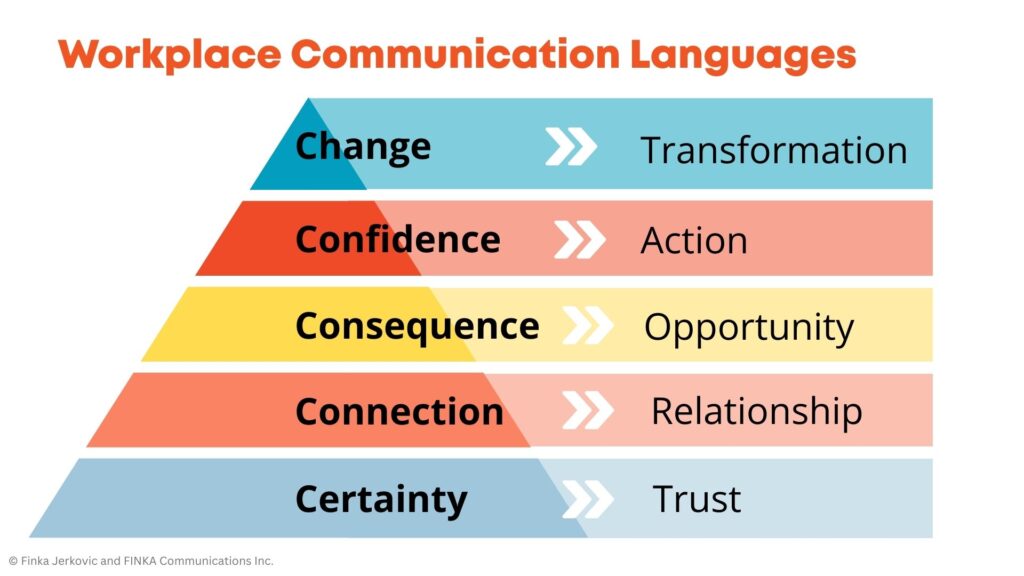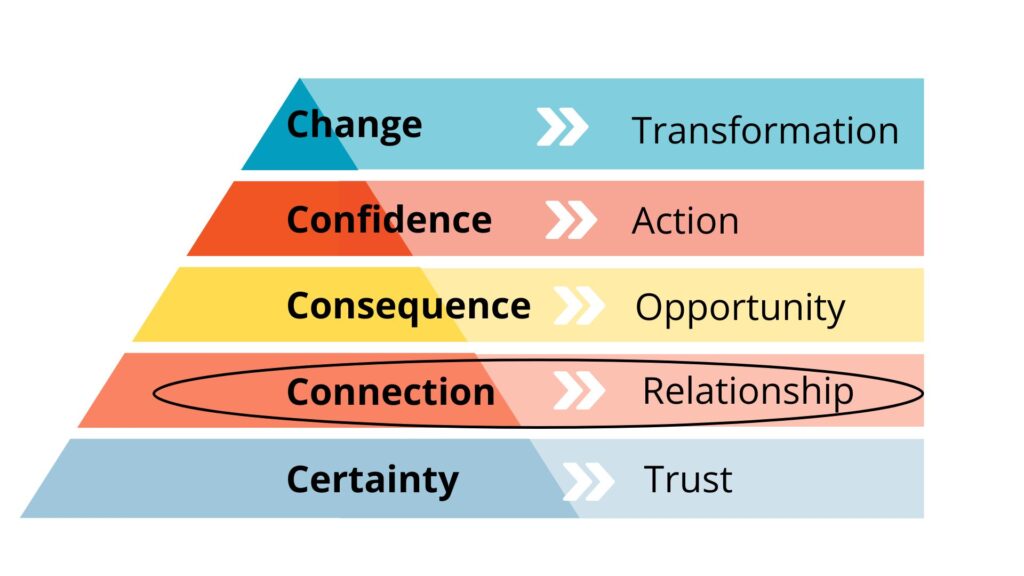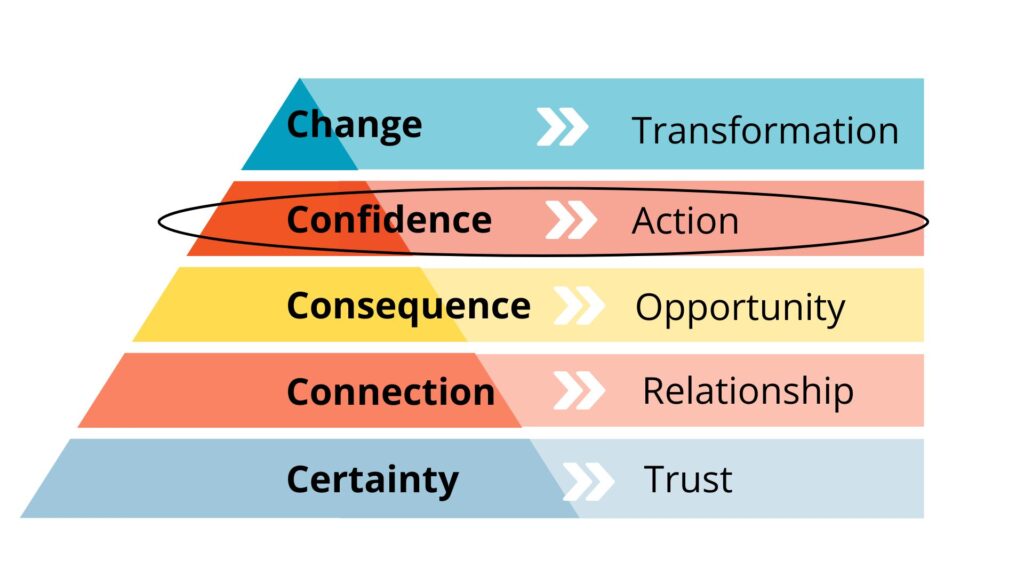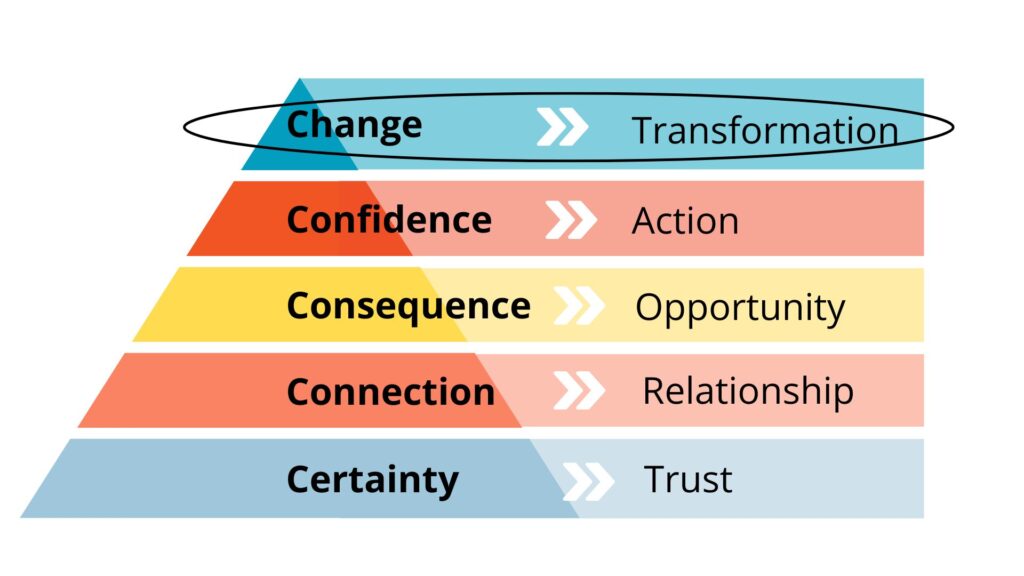Strong communication isn’t a nice-to-have; it’s a must. The success of your leadership and career journey depends on it. If you don’t communicate well, you can’t influence. And if you can’t influence, you can’t inspire people, generate buy-in, or build lasting relationships. Now, when it comes to knowing how to improve your workplace communication skills, there are a lot of tips and tricks out there but let this breakthrough the noise. This is the one thing you need to remember to make your messages land, resonate, and get people on the same page as you: speak their language.
The first step you may take when fine-tuning your communication skills is looking at what you’re already doing and observing how you present yourself to others. That’s good. You’re headed in the right direction because when you understand how you communicate, you can better understand how others communicate. But you can’t live in this area; you must then move on to observe the communication styles of others so you can align your style to theirs.
That’s what speaking their language means.
But what communication styles are there and how do you know which you and others speak?
Based on my own 20+-year financial services career where I spent the latter developing people and leaders, I’m about to share with you five workplace communication styles that you or your colleagues may speak.
Define Your Communication Style Now — Take the Quiz!
Ready to understand how you best communicate and influence at work? Ready to move the needle and inspire others to action? Take the quick quiz. From your communication do’s and don’ts to how to approach people with differing communication styles, you’ll have everything you need to speak their language like a pro.
Effective Communication in the Workplace — Why It Matters
Aside from supporting your career and leadership development, effective communication in the workplace impacts companies at a broader level.
Streamlined Conflict Resolution
Oftentimes, conflict arises from wires being crossed and people not seeing eye-to-eye. When you understand how others prefer to communicate and receive feedback, this can be absolved.
Increased Productivity
When you know someone’s communication style, you know exactly how to deliver directions and ideas in a way that will have them saying, “Got it! I’ll take it from here.” This saves time from asking questions and clarifying the goal.
Healthy Retention to Turnover Ratio
According to Staffbase’s Employee Communication Impact Report 2024, “Employees who receive sufficient information from their employer are 35% more likely to stay in their jobs for the next year. In contrast, 61% of those contemplating a job change cite poor internal communication as a key factor.”
Less conflict. More productivity. More knowledge and talent staying in-house. Need I say more? Now let’s get to the good part.
5 Workplace Communication Languages
We all have a preferred way of communicating, giving and receiving feedback, as well as making decisions. While you may favour one to three of these styles, there will be one that’s most natural to you. You can find out what yours is by taking my quick communication quiz.

1. Certainty
Consistent, Conventional, Emotionally Stable, Practical, Reliable

When you speak the language of certainty, your goal is to build trust. People with this communication style typically:
- Depend on the tried and true to determine the best next steps.
- Rely on facts, data, and past performance to make decisions.
- Prefer things to be organized in a process.
- Always have a plan.
- Endeavour to build loyal relationships.
- Want to feel secure and tend to rely on options that will give them stability.
2. Connection
Warm, Passionate, Empathetic, Outgoing, Friendly

When you speak the language of connection, your goal is building relationships. People with this communication style:
- Use emotion to connect with others.
- Don’t hold back their feelings.
- Rely on their intuition to make decisions.
- Often have a diverse social network and feel a sense of social responsibility.
- Easily express their excitement and enthusiasm.
3. Consequence
Detail-Oriented, Diligent, Proactive, Discerning, Organized

When you speak the language of consequence, you’re aiming to show opportunities. People with this communication style:
- Are forward-looking and mitigate negative consequences.
- Are proactive and seek to avoid bad things from happening to good people.
- Look under every rock to ensure something won’t go wrong.
- Are risk-averse and cautious, wanting all their I’s dotted and T’s crossed.
4. Confidence
Self-Assured, Determined, Results-Oriented, Direct, Ambitious

When you speak the language of confidence, you’re gearing people up to move them to action. This looks like:
- Always moving forward.
- Naturally taking ownership and the lead.
- Making decisions that are goal-oriented and outcome-focused.
- Having a strong sense of self-belief.
5. Change
Spontaneous, Adaptable, Creative, Independent, Bold

When you speak the language of change, you aim to facilitate transformations for others, which looks like:
- Preferring autonomy and variety.
- Liking challenges.
- Solving problems in innovative ways.
- Being comfortable with ambiguity and embracing change.
What’s Your Communication Style?
If you’re asking yourself, “How can I communicate better at work?” you can find the answer here.
It wasn’t until I understood my own communication style and the styles of others that I influenced stakeholders to say yes to my initiatives within minutes.
And now you can do it too!


